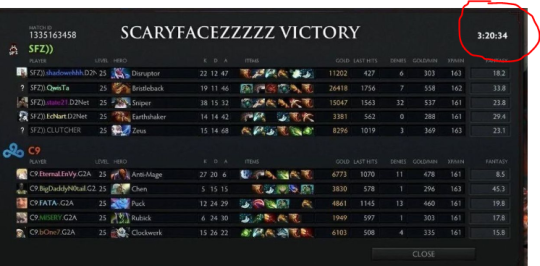BrainGoodGames Design Commandment #4: Moving Forwards
This is part of a series of articles on the BrainGoodGames Design Commandments. This one is about how games should always be moving towards their conclusions.

This post is part of a series of articles detailing the BrainGoodGames Design Commandments. You can see the full list here.
This commandment is another that I’ve absorbed from another designer, Keith Burgun. Fortunately Keith wrote an excellent article about the subject that you should read!
…Oh you’re still here? Well I can go into a little detail about why I think this is important, and how it applies to BrainGoodGames. To summarize, games should always be moving towards their conclusions. That is to say, players should not be able to take repeatable actions that move the game further away from the end conditions. The simplest form of this is a simple turn timer, where the game will end at the end of X turns, but there are other ways to push towards the same goal, like having the game end when a player has built 12 buildings in San Juan, or having a finite number of resources on a StarCraft map.
As a counterexample, some DotA matches (even pro matches!) have unfortunately gone on for over two (or more!) hours (!!) when an average game is expected to take somewhere around 45 minutes. This is both very bad for planning tournaments/play sessions and boring. The reason this is allowed to happen is that the fundamental force driving towards the end of the game (creeps pushing lanes) can be circumvented by certain powerful item/hero combinations, where although the creep waves increase in size (which is intended to move the game towards it’s conclusion), the player is effectively able to deal with arbitrary numbers of them. Another oft-cited example is the StarCraft player who “flys” their buildings off to corners of the map to avoid the victory condition of “all buildings destroyed”. A more subtle example, but one that exists in many games is the concept of “rebuilding” or “healing”; mechanics which naturally undo progress and return something to an earlier state.

The reason that this is boring in many cases is that the interest in a strategy game comes largely from dealing with novel situations that are at least somewhat comparable to past experiences. Returning to a previous game state circumvents the novel portion of that equation, and forces players to evaluate situations that are too similar to those they have seen too recently. This dramatically cuts down on the strategic value provided to the player per time spent.
So make sure your strategy game keeps pushing towards it’s conclusion!
Read more about:
BlogsAbout the Author(s)
You May Also Like







.jpeg?width=700&auto=webp&quality=80&disable=upscale)








